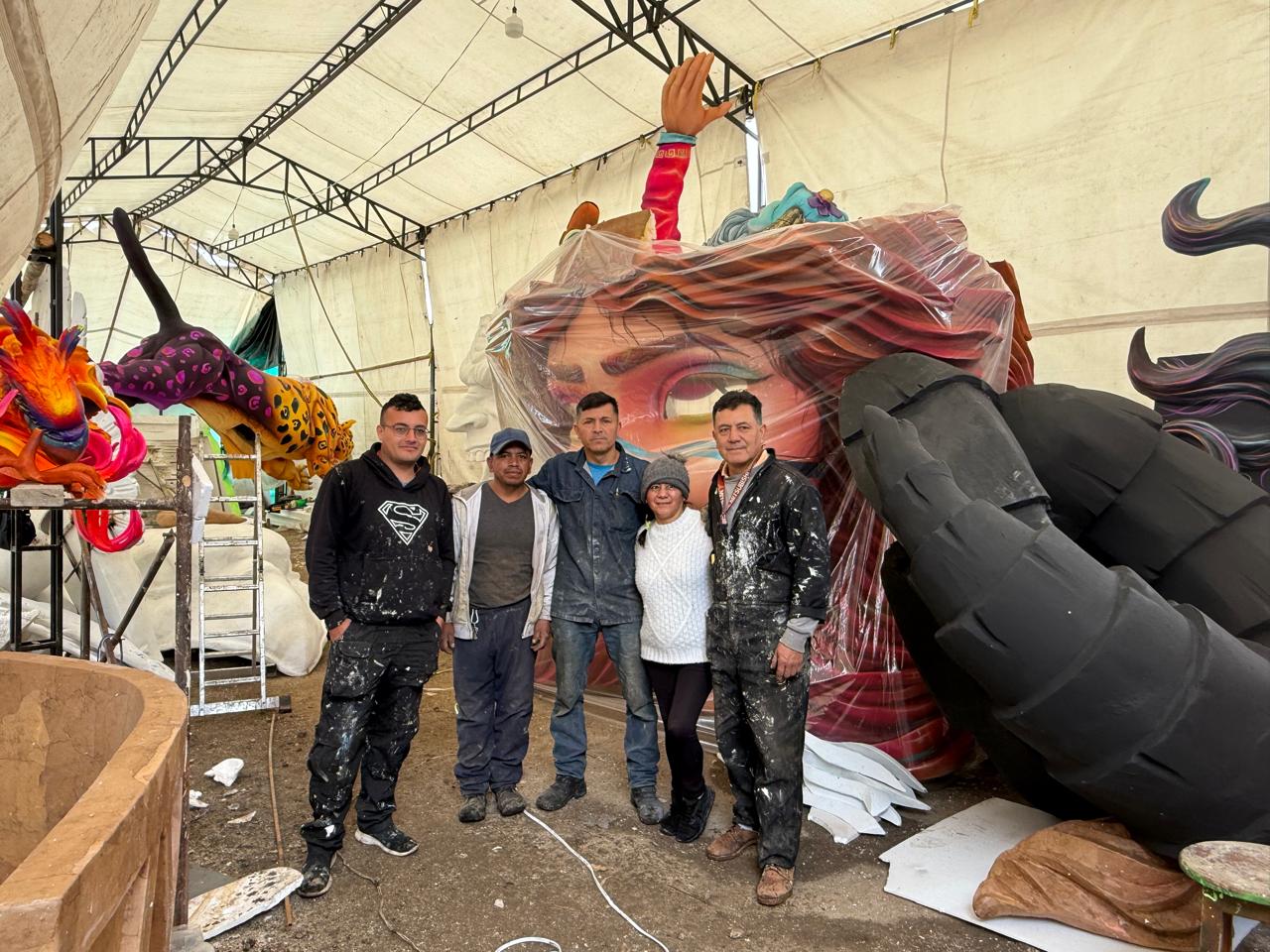
'Sanctuary stories' sheds new light on immigrants’ journeys
Rosa Sabido has lived in sanctuary for a little more than two years in Mancos United Methodist Church in the town of Mancos, Colorado.
In the span of that time, she has told her story over and over again to journalists and media outlets worldwide, from the BBC, to The Los Angeles Times, to The Denver Post, to The Washington Post.
The facts are documented. Sabido, a Mexican national born in Veracruz and raised in Mexico City, has lived in the United States for more than 30 years. She went into sanctuary on June 2, 2017, after Immigration and Customs Enforcement (ICE) refused to grant her stay of removal request.
But no matter how often her story was covered in the media, and how much awareness has grown — the group that advocates for her case and immigrant rights, called Rosa Belongs Here, has more than 1,000 supporters who subscribed to receive updates — Sabido felt that there were parts of her story that were missing from the broader public narrative.
“Yes, they were kind of bringing our stories and how we live in sanctuary,” said Sabido of the articles published in various media outlets. “At the same time, there are parts in our lives and in our personal experiences that are more on the human side.”
“With our own voices, you can perceive our feelings and what’s important and how we feel about it and the things that we left behind and the things that we are looking for,” she said.
In the fall of 2017, a few months after first going into sanctuary, Sabido began to think about how she and other immigrants living in sanctuary across the U.S. could develop a platform to share their full stories as individuals, beyond the headlines.
That idea eventually grew to become “Sanctuary Stories,” a new multimedia exhibition led by Sabido, Sandra Lopez, Ingrid Encalada Latorre, and Araceli Velasquez - four women living in sanctuary in Colorado who have spearheaded a movement for a resolution in Colorado that would grant them a path to citizenship.
The storytelling project took off once Sabido, who had been exploring funding options for her idea, connected with Philadelphia-based media educator and audio producer Ariel Goodman, director of “Sanctuary Stories,” in August 2018.
Sabido said that she is “amazed” at the work that Goodman has done with the project.
The podcast, video, photography, music, and storytelling pieces of the project, along with a website currently in the works, all showcase the stories of four women living in sanctuary in Colorado in their own words, and on their own terms.
The pieces are the result of a year’s work and collaboration. Beginning in August 2018, Goodman recorded in-depth interviews with each of the four sanctuary leaders, and edited and produced audio narratives that also featured music by Philadelphia-based Mexican folk musician, Juan Carlos Marin.
The project has truly been a collaborative and “community media” effort, said Goodman, noting that it is supported by contributions from local media makers and artists in both Colorado and Philadelphia.
Its initial public premiere will be held July 5 at Puentes de Salud, a health clinic and community center in South Philadelphia that serves immigrants and the undocumented community.
CONTENIDO RELACIONADO
The event doubles as a fundraiser to enable the director and team to present the travelling exhibition in Colorado, along with each of the women living in sanctuary who have led the project.
Goodman said that each aspect of the process of producing the pieces that make up "Sanctuary Stories" was intentional, and guided by Sabido's initial vision.
“The project was sort of born out of this desire that she and the other women shared to kind of tell their stories in a more intimate way,” said Goodman. “They were getting a lot of press coverage, but a lot of time the press coverage that comes out about them is oftentimes sensationalist.”
The traditional news stories, noted Goodman, do not provide a space where immigrant sanctuary leaders can “represent their growth as people, their spiritual journeys...their process of discovery as activists, all of these pieces that are a part of their more intimate life in sanctuary.”
In this sense, said Sabido, the platform serves to both educate those throughout the country who may not know as much about immigration journeys for those like the four women leaders in the project, as well as to connect to the 49 immigrants known to be living in sanctuary in the U.S., and the many more who do not have public profiles.
“Maybe through talking about our stories we give them the strength to come out from the shadows of fear and then be willing to speak, and then create a larger community to fight for our rights, and also to let them know that we are doing this for us, but we are doing this for them as well,” she said.
Sabido said she is certain of the impact that storytelling can have to educate people about the experiences of many immigrants.
“There’s people that have been supportive after they’ve heard the story and they are willing to be there until the end to whatever we need,” she noted. “I’m sure there might be people who even though they listen to our stories they will never believe anything we say, but it doesn’t hurt to try because if you don’t try you never see things happen.”
“The more people know about the sanctuary stories, the more support as we gain, the more people that learn and get educated about immigration issues, then we break this concept of stereotypes,” she said.










DEJE UN COMENTARIO: